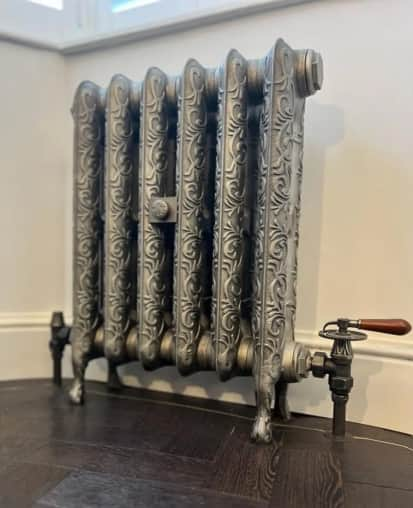Radiator valves are essential components of a central heating system because they allow you to control and optimise the heat output in different rooms by regulating the flow of hot water into the radiators within your property. The results? Increased comfort, energy efficiency, and cost savings. Utilising radiator valves effectively can lead to a more balanced, comfortable, and environmentally responsible heating system in your home.
However, there are different types of radiator valves to choose from and your choice will be influenced by factors such as the compatibility of your heating system, room usage, zoning requirements, preferences, energy efficiency goals, and budget. We delve further into the importance of radiator valves within a central heating set up, followed by a detailed look into the types of radiator valves on the market.








